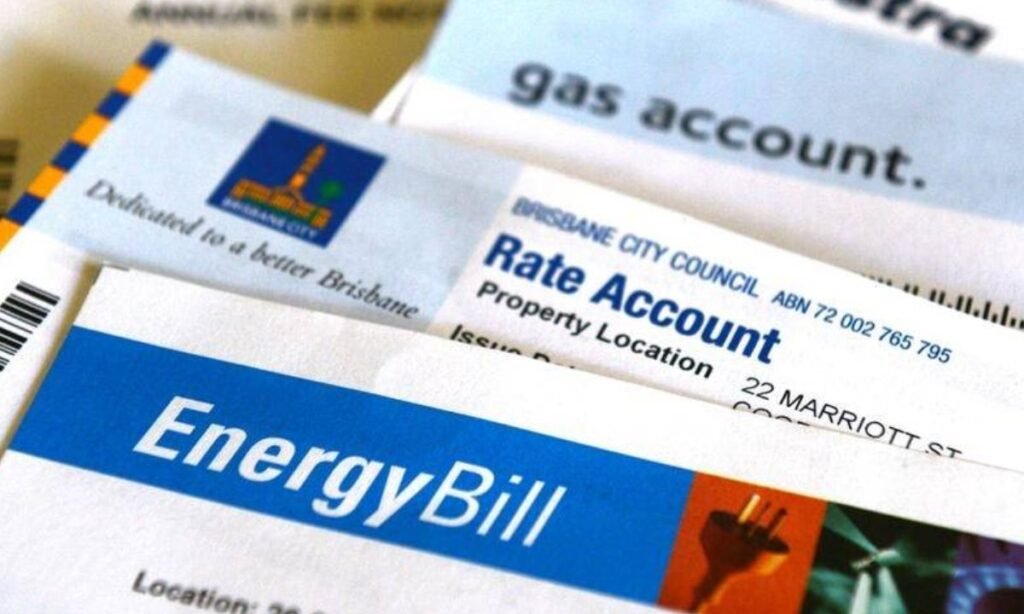With energy prices hitting record highs across Australia in early 2025, the federal government has launched an expanded Energy Bill Relief Fund, offering eligible households up to $500 in annual electricity bill rebates. Rolled out nationwide from July 1, 2025, the new relief measure builds on the prior year’s subsidy, doubling down on support for vulnerable and low-income Australians. This expanded scheme is part of a joint initiative between the Commonwealth and state governments, aiming to cushion families, seniors, and concession holders from the impact of rising wholesale electricity prices and inflation-related cost surges.
Who Is Eligible for the 2025 Energy Relief?
The $500 rebate is automatically applied to the electricity bills of households that meet specific eligibility criteria. There is no need to apply in most states, provided your household is already registered for a concession. The rebate targets:
- Pensioners and Commonwealth Seniors Health Card holders
- Veterans, carers, and people with disabilities
- Recipients of Centrelink payments such as JobSeeker or Parenting Payment
Each state and territory administers the program slightly differently, but the federal government guarantees a baseline rebate of at least $500 per year per eligible household, distributed as quarterly credits on electricity bills.
Rebate Breakdown by State and Territory
Here’s a snapshot of how the 2025 rebate is being rolled out across Australia:
| State/Territory | Total Annual Rebate | Distribution Method |
|---|---|---|
| New South Wales | $500 | $125 quarterly |
| Victoria | $500 | $125 quarterly |
| Queensland | $500 + state bonus | $125 quarterly + bonus |
| South Australia | $500 | $125 quarterly |
| Western Australia | $500 | Direct bill offset |
| Tasmania | $500 | $125 quarterly |
| Northern Territory | $500 | Applied via Jacana Energy |
| ACT | $500 | $125 quarterly |
The rebate is applied directly by energy providers. Customers will see the credit line in their regular electricity bill statements marked as “Energy Bill Relief Payment” or similar.

Key Features of the 2025 Relief Scheme
- Rebates are credited automatically no forms or applications needed if you’re already receiving a concession.
- The scheme is designed to be bill neutral for qualifying households, reducing or fully covering the average quarterly power bill for low-income customers.
Why the 2025 Rebate Matters
Energy prices have surged in the past year due to ongoing global supply chain pressures and extreme weather conditions impacting power infrastructure. According to the Australian Energy Regulator (AER), wholesale electricity costs rose by 13.4% between mid-2024 and early 2025, placing a significant burden on household budgets. In response, the government’s 2025 expansion of the Energy Bill Relief Fund is expected to benefit more than 5.5 million households, making it one of the most substantial federal energy subsidies in recent years. This measure is also a strategic part of the 2025–26 federal budget, which has earmarked billions for cost-of-living relief.
How to Check If You’re Included
Most eligible households will receive notification directly from their energy provider, either via email, SMS, or a printed notice on their next bill. You can also confirm your eligibility by:
- Visiting your state government’s energy rebate page
- Calling your electricity provider’s customer service line
- Checking your concession status on Services Australia
Energy providers will typically apply the rebate within the first billing cycle after July 2025, so if you haven’t seen it reflected by August or September, it may be worth reaching out for confirmation. As utility bills climb and cost-of-living pressures continue, the 2025 Energy Bill Relief scheme offers timely and targeted assistance. If your household falls under the eligible categories, you could save $500 or more this year, with no paperwork required. This initiative not only puts money back into your pocket but helps ensure fairer energy access for those who need it most.
